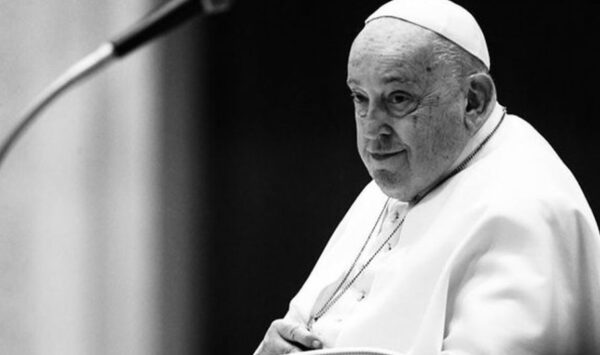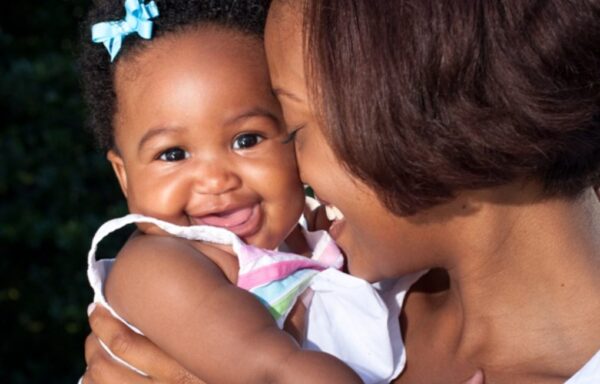Lifestyle
What happens when the Pope dies?

On April 21, the world woke up to news of the death of Pope Francis.
The death was announced by the Vatican who said he died at the age of 88. Pope Francis was the first Latin American leader of the Roman Catholic Church.
Official declaration
Nine-Day mourning period (Novendiale))
Sede Vacante
Funeral)
The Conclave
Announcement and Inauguration







